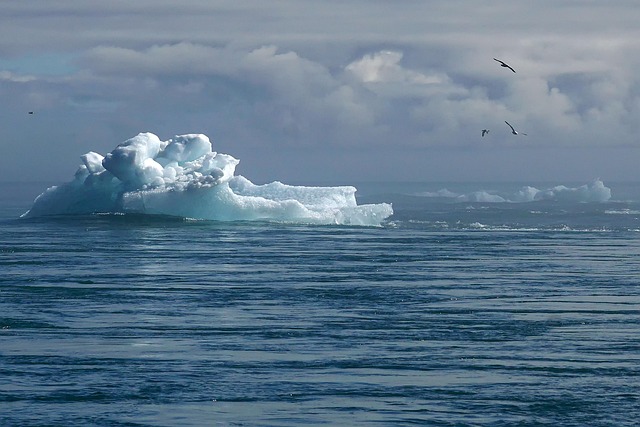The importance of effective climate communication cannot be overstated, especially in a world grappling with the consequences of climate change. As we witness increasingly frequent natural disasters, rising sea levels, and extended droughts, the urgency of addressing these pressing issues becomes more palpable. Yet, despite the overwhelming evidence of the crisis looming ahead, there remains a notable gap in how we communicate these challenges and mobilize action.
One of the biggest hurdles we face is breaking through the silence that has enveloped climate change discussions. The technical jargon, overwhelming data, and stark forecasts can create a sense of paralysis rather than a call to action. This is where revolutionizing our approach to climate communication becomes essential.
Effective communication must resonate emotionally, connecting with individuals on more than just a logical level. By sharing personal stories, local impacts, and relatable experiences, we can foster a stronger connection to the environment and the pressing implications of our current trajectory. When people see how climate change affects their communities—whether through wildfires threatening homes or farmers struggling with unpredictable weather—they are more likely to engage and advocate for meaningful change.
Moreover, utilizing diverse platforms to amplify our message can be a game-changer. Social media, podcasts, and community workshops can offer dynamic spaces for dialogue, where individuals feel empowered to share their concerns and contribute to a collective understanding of the issues at stake. These channels allow for real-time interaction and enable individuals to form networks of support, amplifying their voices and actions on a larger scale.
Visual storytelling is another vital tool in the realm of climate communication. Infographics, documentaries, and interactive exhibits can break down complex data into digestible formats that inspire action. By illustrating the consequences of inaction alongside potential pathways for solutions, we can paint a brighter, more hopeful picture of what’s possible. It is crucial that we engage the public’s imagination as much as their intellect, sparking visions of a sustainable future while emphasizing the urgency of our present actions.
Education plays a pivotal role as well. Bringing climate change into school curriculums and community programs can cultivate a generation that understands the nuances of environmental issues and is equipped to tackle them head-on. When young people learn about their impact on the planet from an early age, they are more likely to develop a lasting commitment to sustainable practices.
Lastly, collaboration across various sectors—including science, politics, and the arts—is essential for creating a rounded approach to climate communication. When scientists, activists, policymakers, and artists come together, they can exchange ideas and strategies that make the message more holistic and impactful. This multidisciplinary approach fosters innovation and showcases the various dimensions of climate change, from its scientific underpinnings to its social ramifications.
In a time when the stakes are higher than ever, it is vital that we move beyond silence and stand together in our commitment to addressing climate change. Only through heartfelt, engaging, and inclusive climate communication can we hope to drive the necessary change that our planet and future generations so desperately need.



